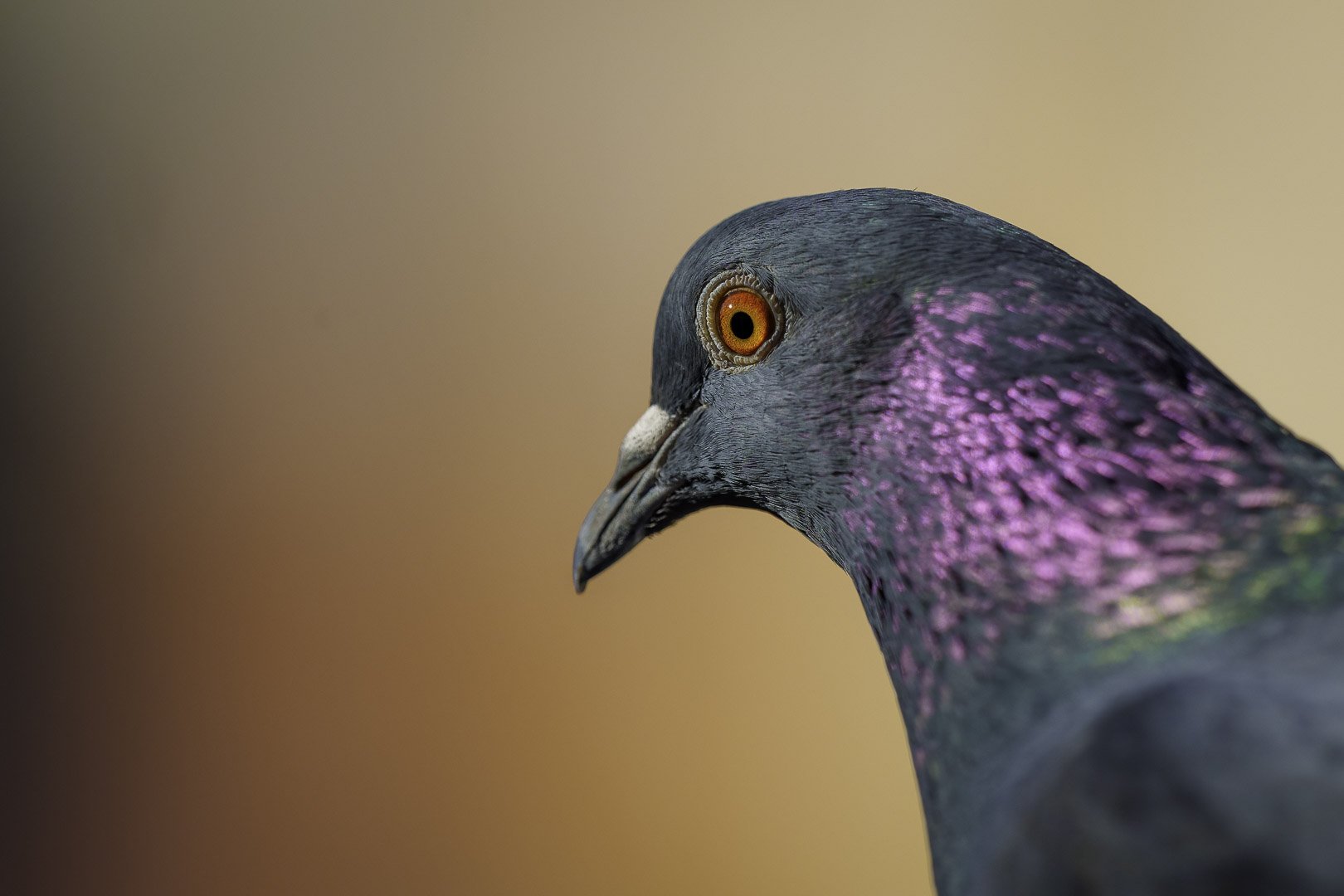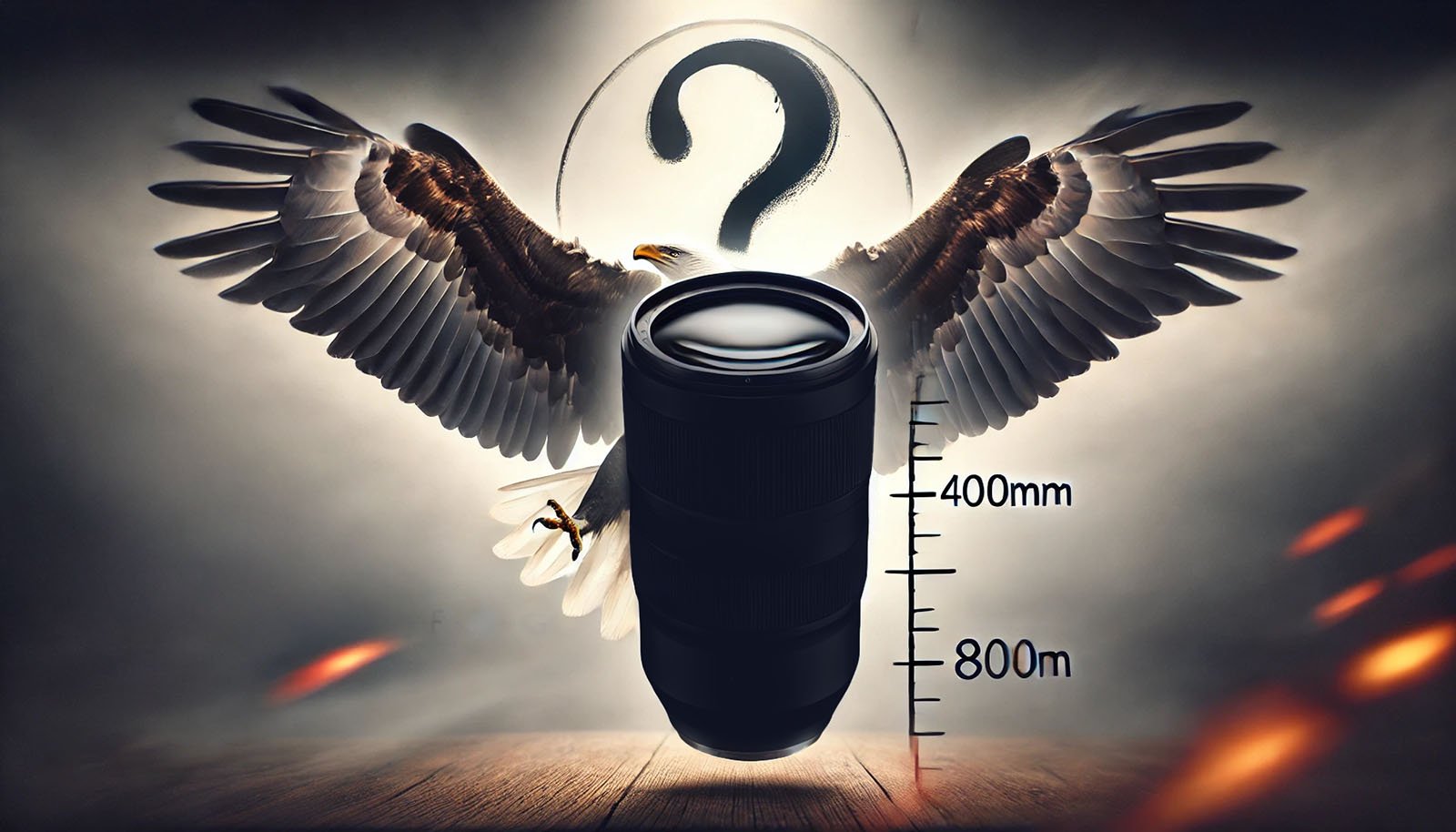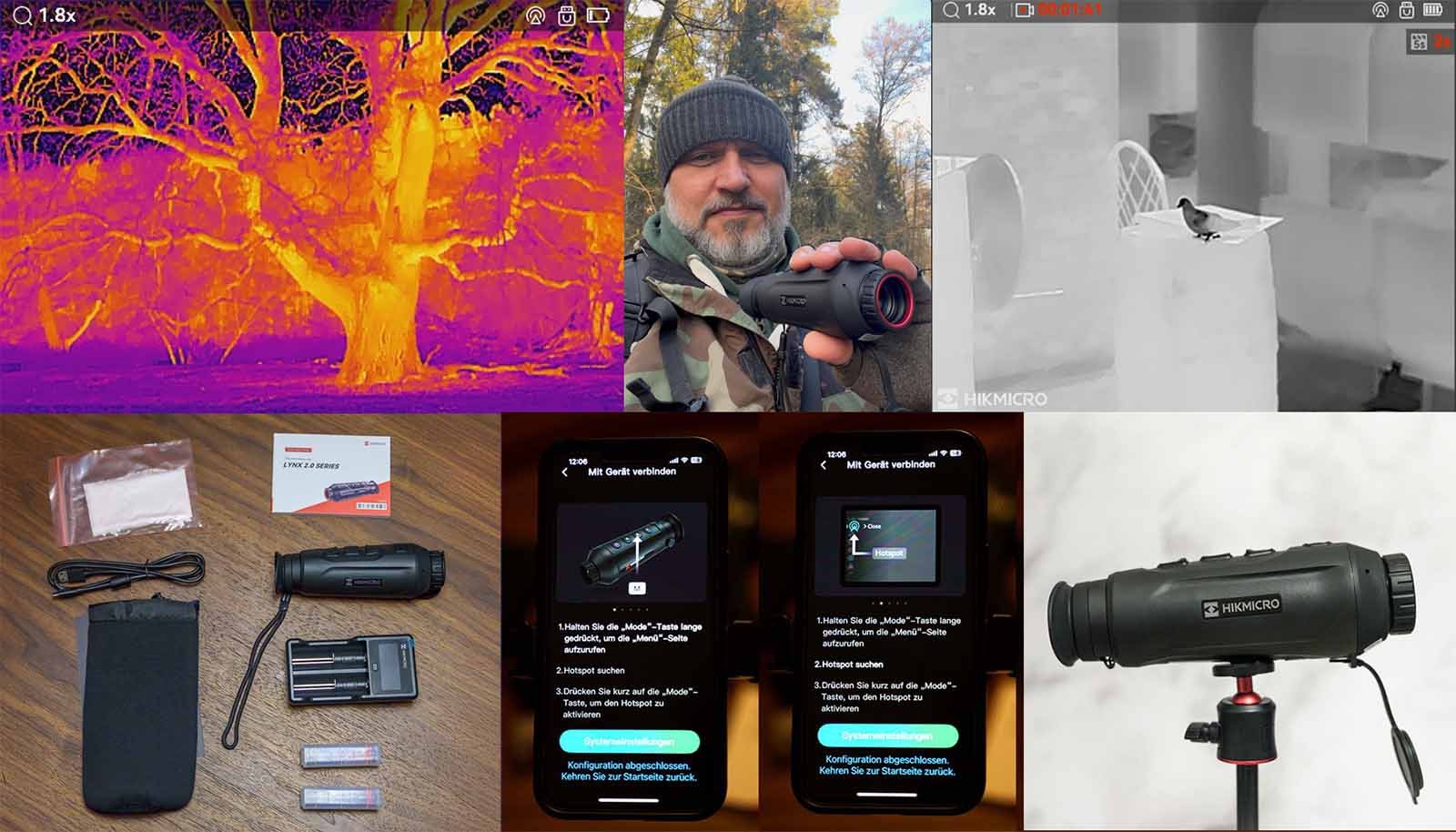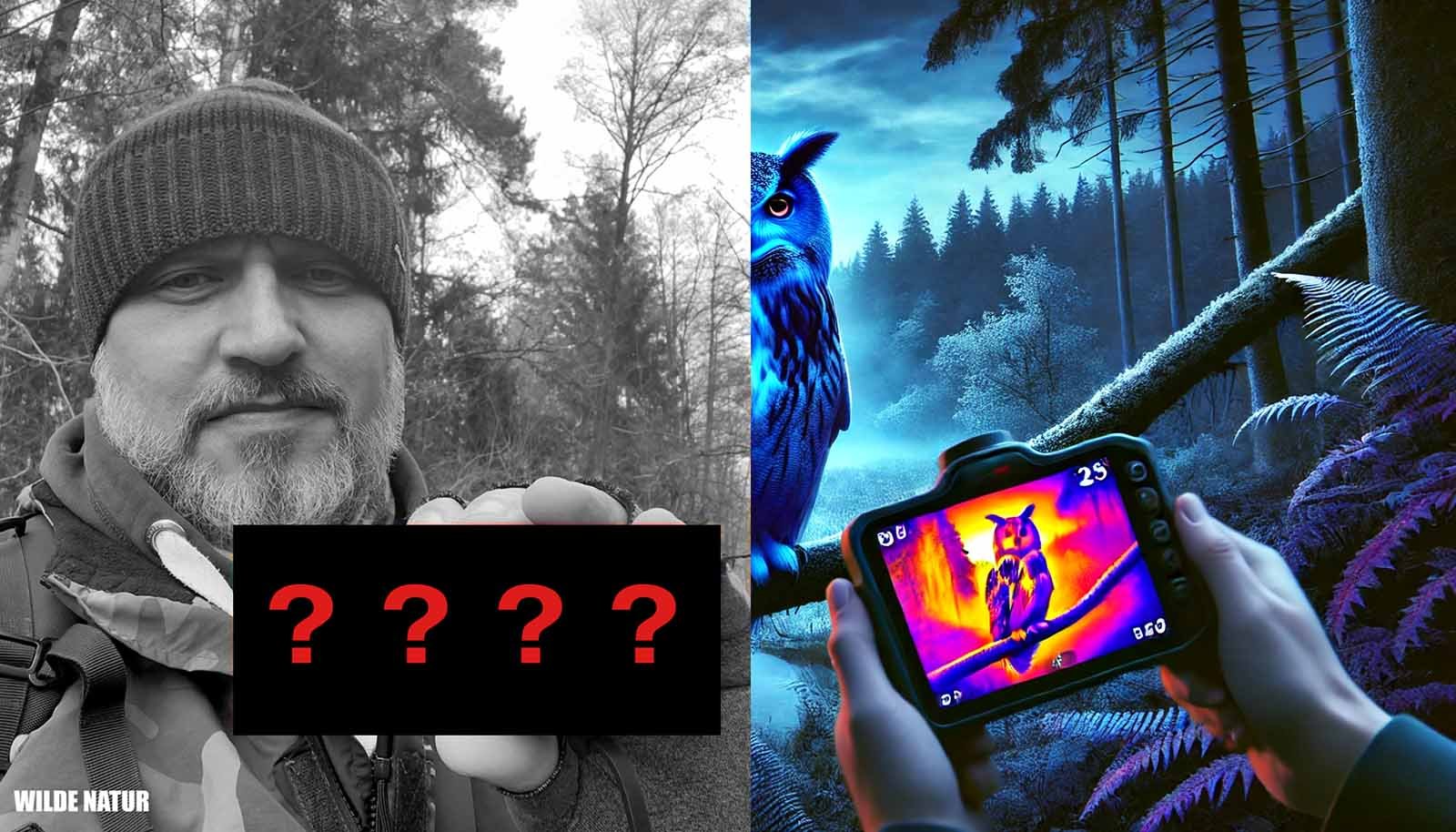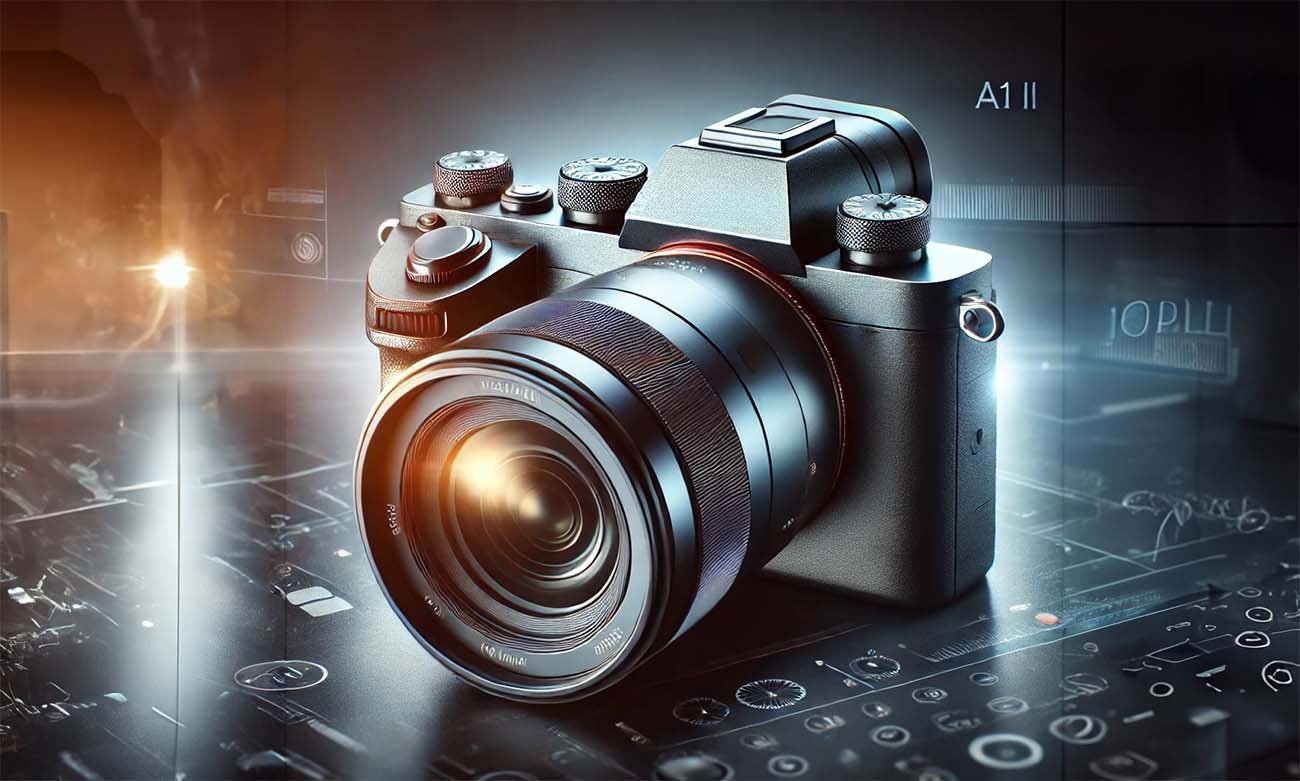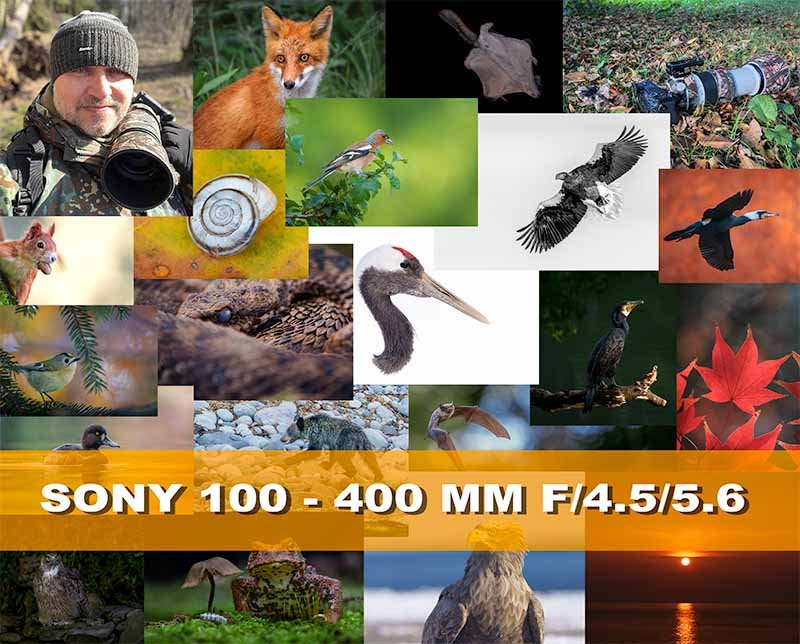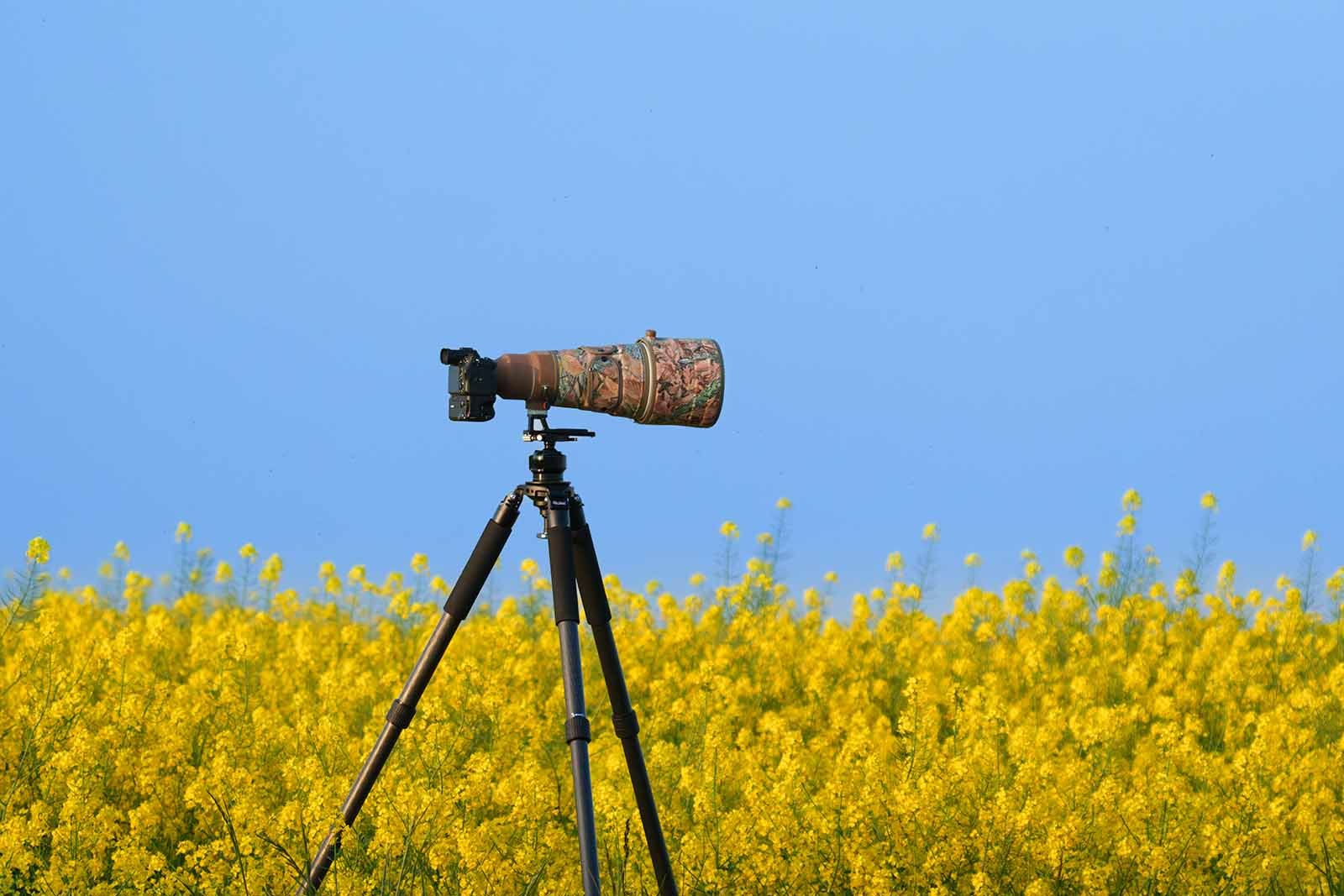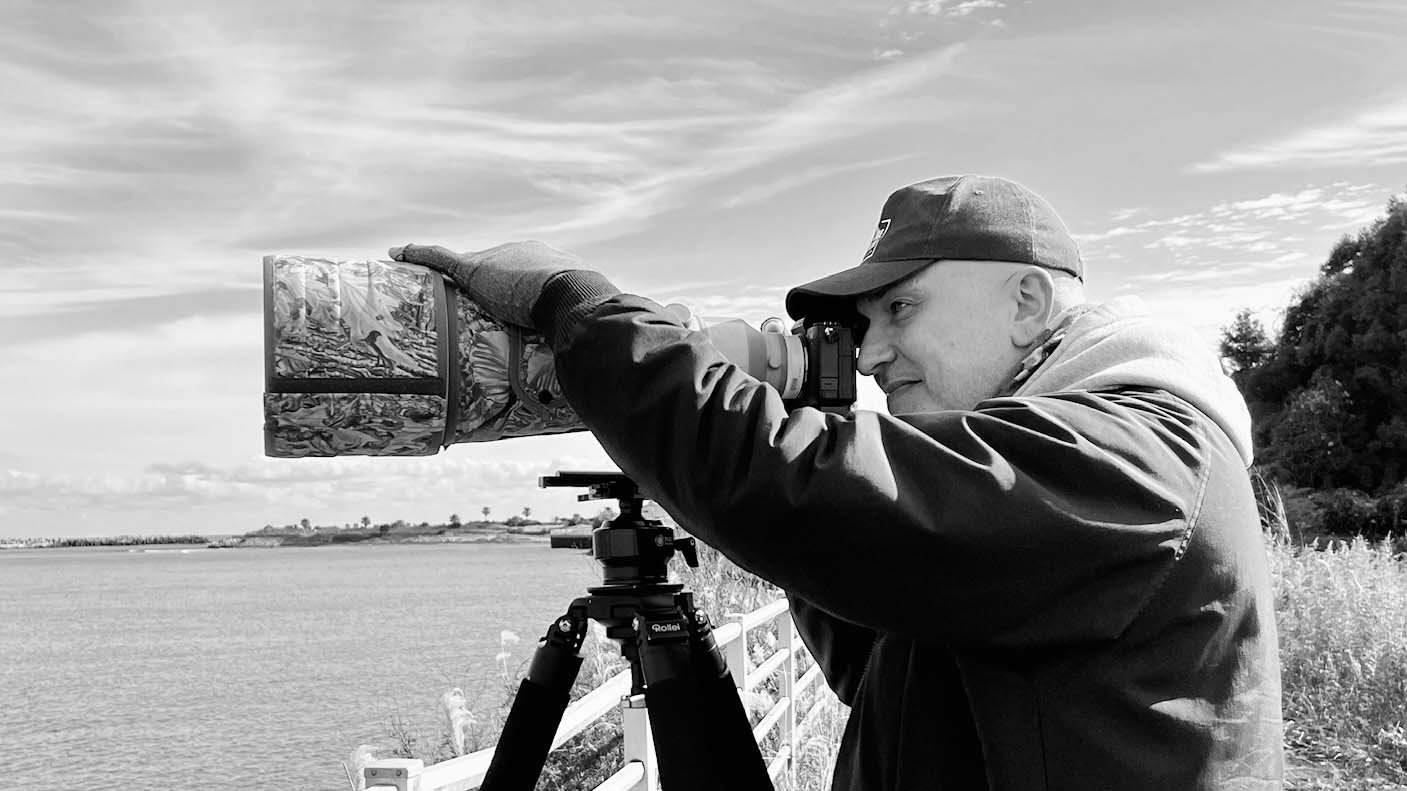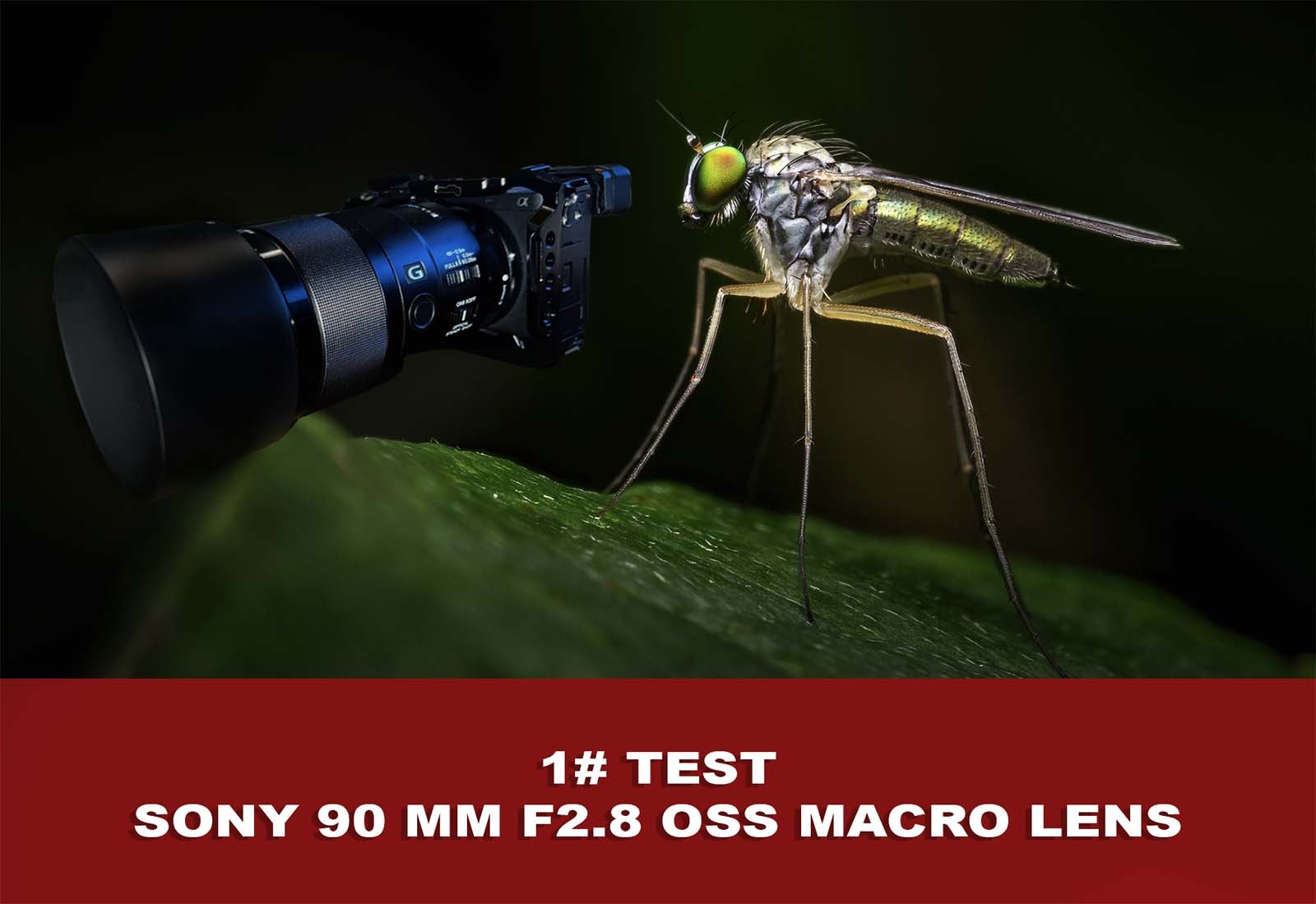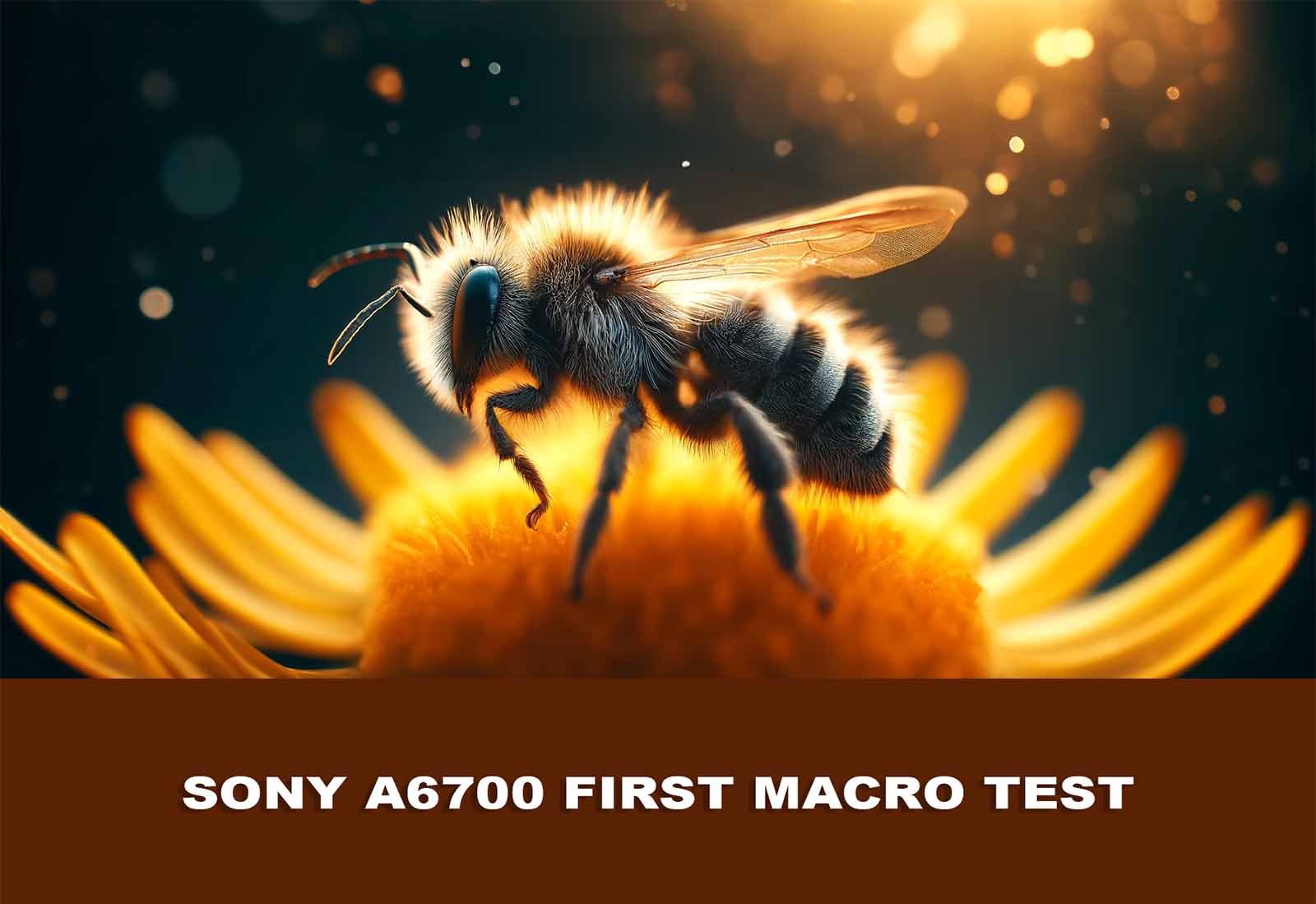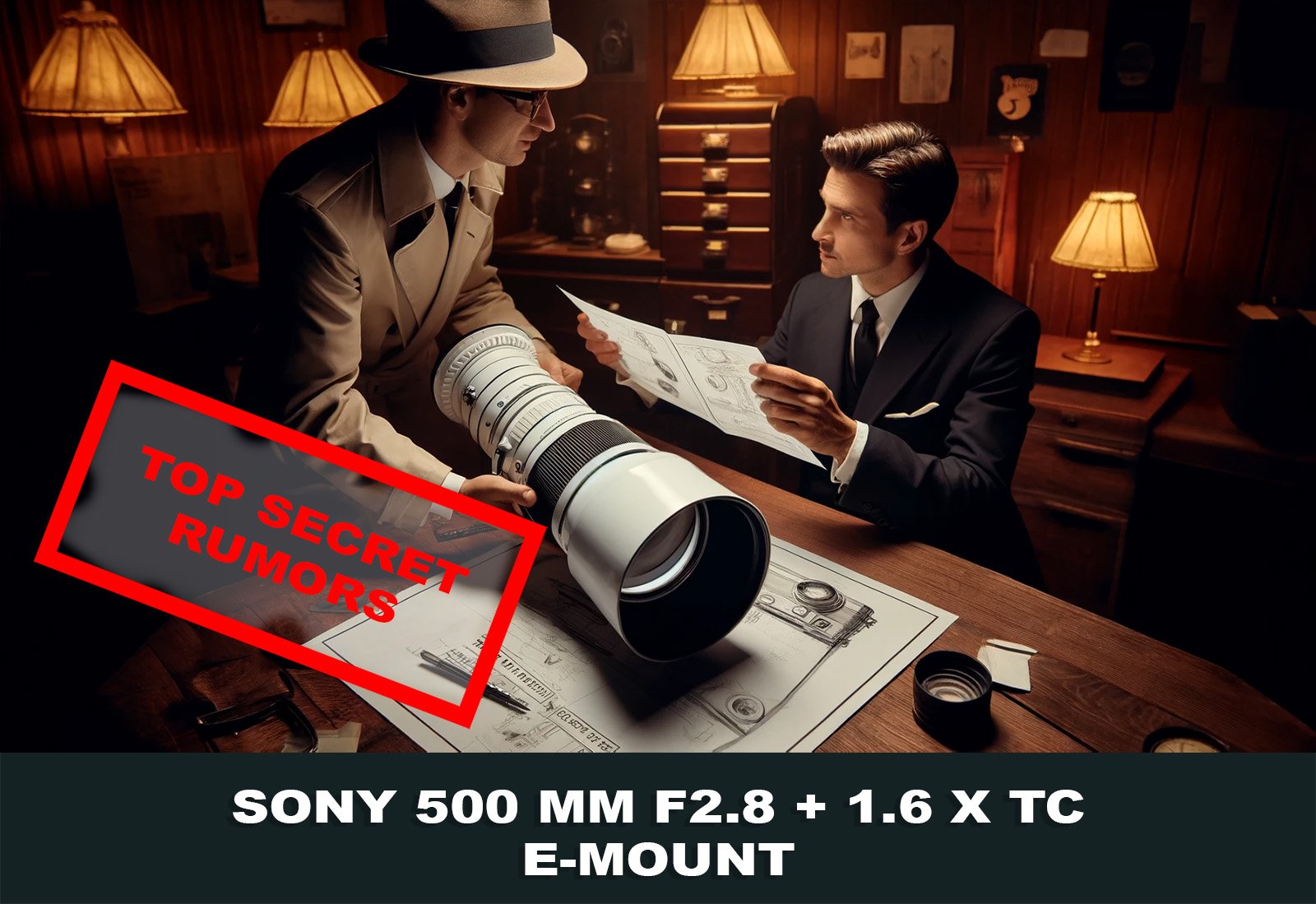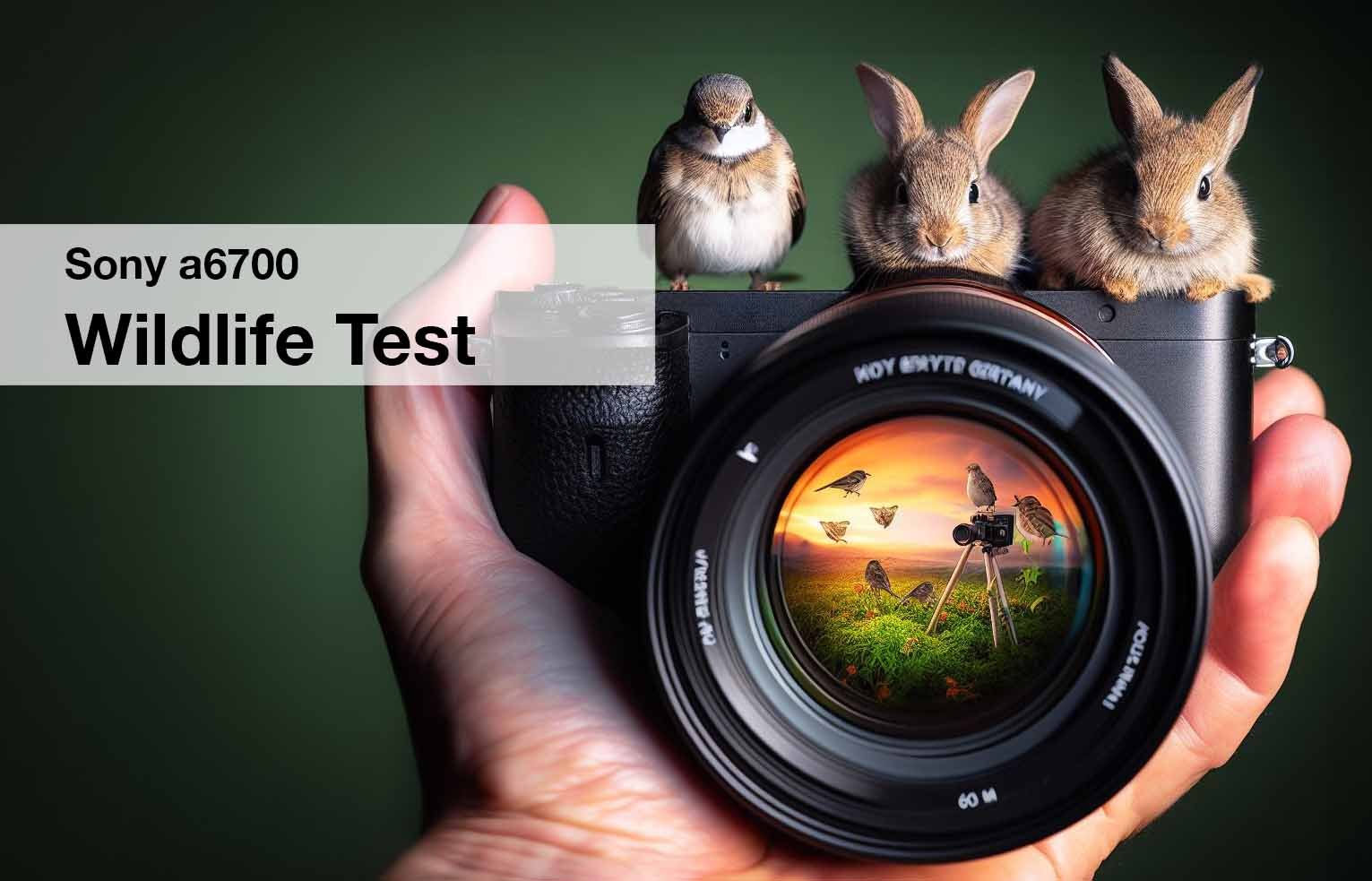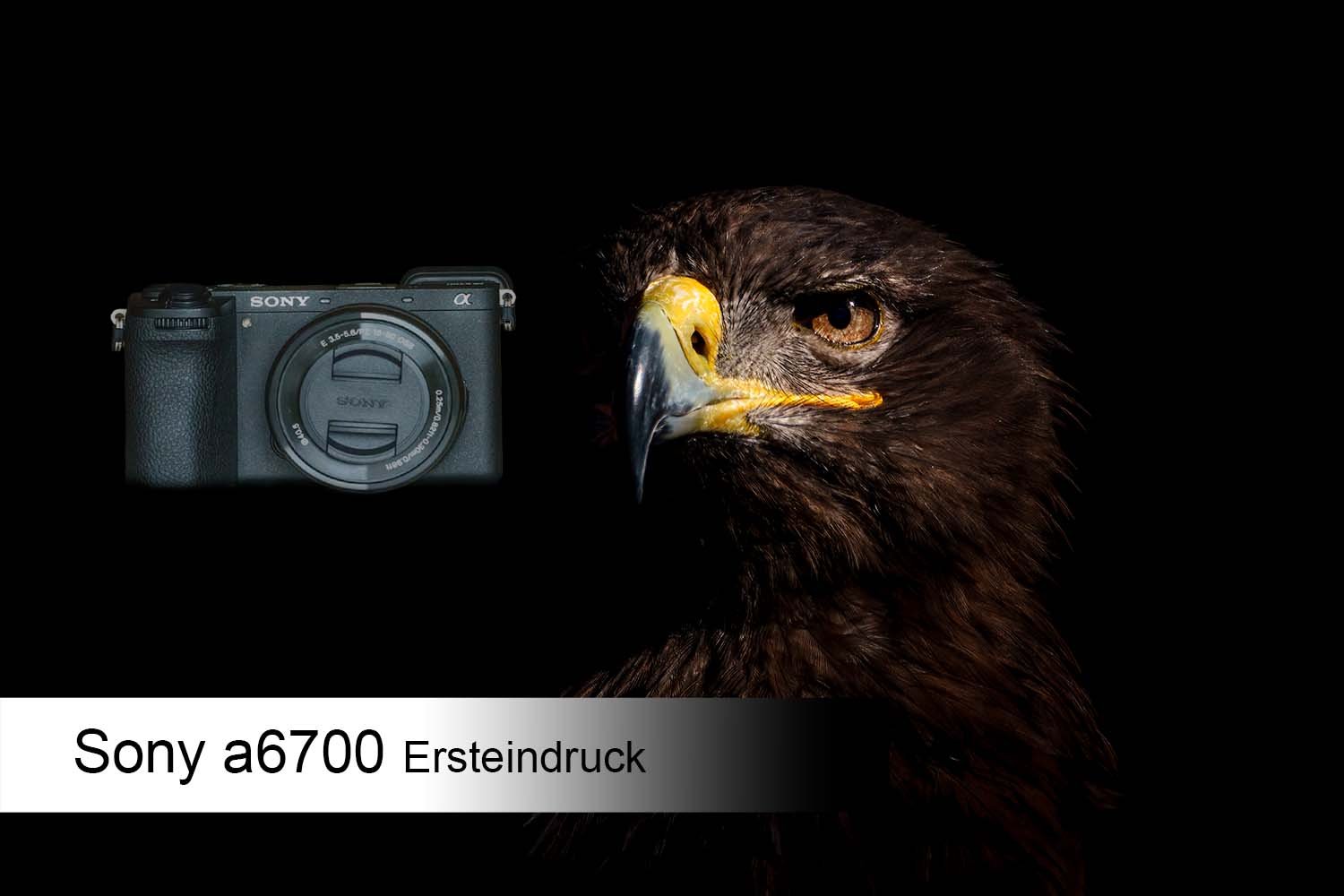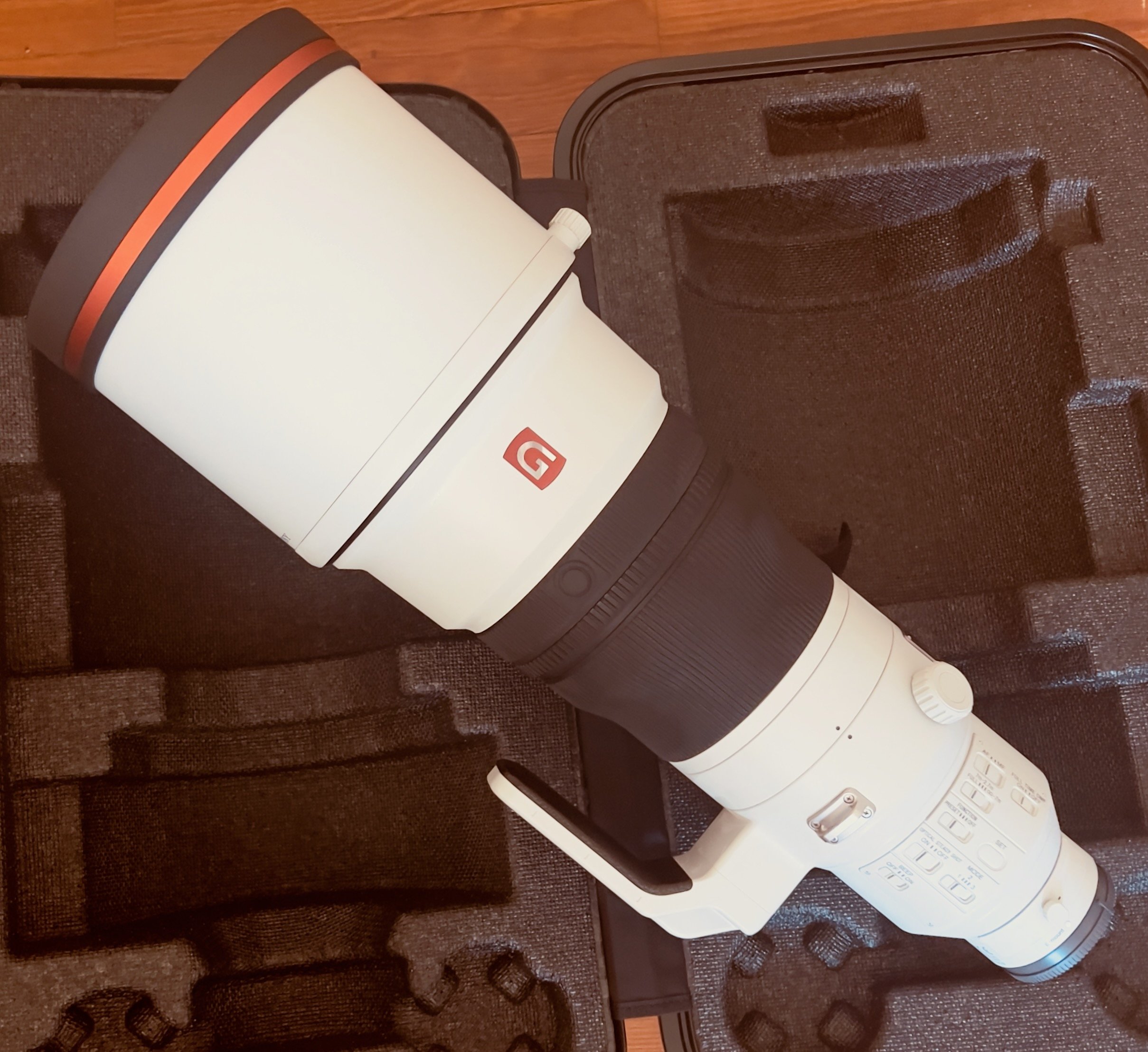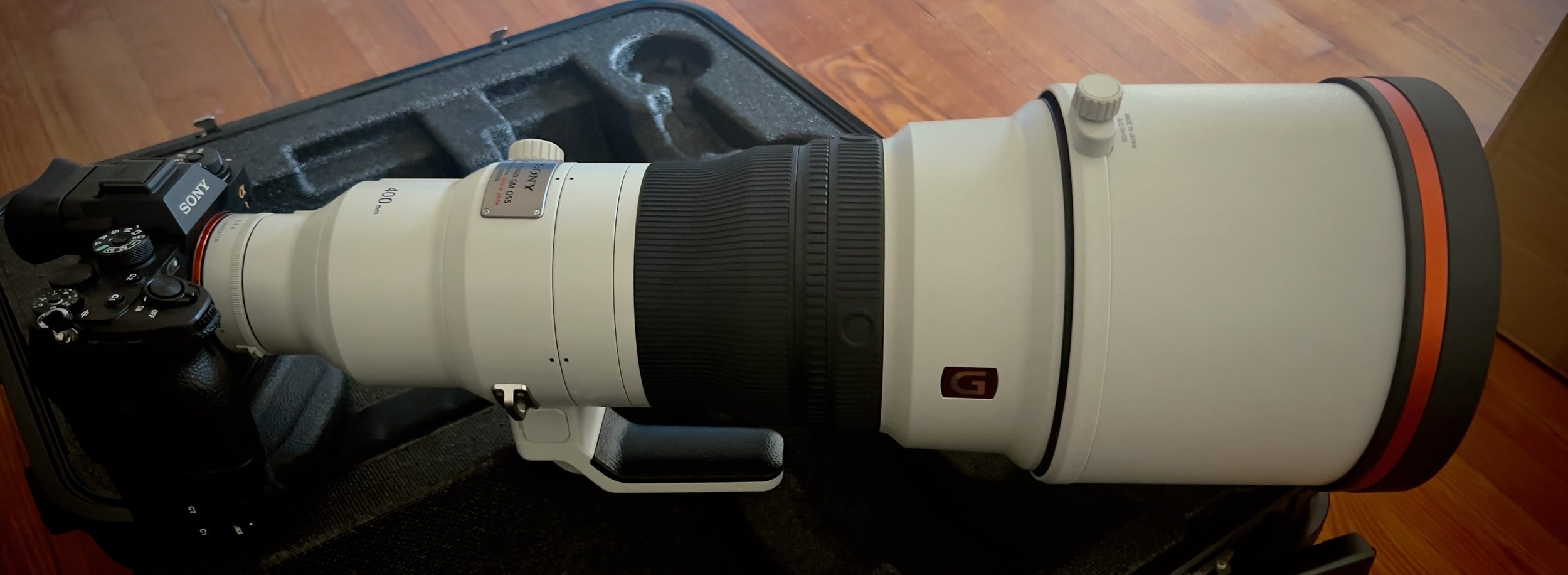Sony GM 400 mm f2.8 instead of Sony GM 600 mm f4 E-Mount
After three years of wildlife photography, I decided to take the next step in terms of lens quality. I'm talking about a prime lens, specifically a telephoto prime. For the Sony E-mount, there are tree options: the Sony GM 400 mm f/2.8 and the Sony GM 600 mm f/4, also the Sony GM 300 mm f2.8.
These lenses are highly sought after by sports and nature photographers who use Sony E-mount equipment. However, they come with a corresponding price, so I wondered which of them I should choose. Most hobby photographers don't buy all versions of prime lenses. And for me, only two of them are interesting for my photography: the 400mm f/2.8 and the 600mm f/4. So I had to pick between these two. For the past year and a half, I've often thought about which of the two telephoto primes I would choose.
With this article, I want to take you through how I came to my decision and the thoughts behind it. It should be noted that this is my subjective opinion. This may not apply to you; as always, there are many truths and paths that can be taken in this regard.
To provide you with the best information, I would like to learn from you.
If you haven't found the information you were looking for, please let me know what you would have liked to read and write it in the comment at the bottom of this page. Thank you in advance!
What do I generally expect from purchasing a prime lens?
Before I outline my decision-making process, I want to briefly touch on why I want such a lens in the first place. Lens-wise, I have been well-equipped with Sony's telephoto zooms. The quality and performance of these lenses are already excellent. There is nothing to criticize here. However, the next level with the G-Master prime lenses brings significantly more focus speed, light, sharpness, and background separation. Especially in our latitudes with mediocre light conditions, this pays off massively.
My decision-making basis
If I primarily photographed smaller subjects at long distances, as is the case with songbird photography, I would have chosen the Sony GM 600mm f/4. But as already mentioned, such an acquisition is an investment that one, if at all, only makes once. The likelihood that I would buy both lenses is 0%. Therefore, I thought a lot about which of the two versions would be versatile for my type of photography. My decision was based on both my previous experiences and those I still want to gather. As I read in photography forums, I was not alone in my thoughts.
„If you have to choose between the two lenses, you always have to make a compromise.“
In my considerations, I made various assumptions, one of which was that I would continue to develop as a photographer and that my photographic style might change as a result. Macros could become close-ups, close-ups could become images of animals in their habitat, and so on. The possibilities are diverse, but it is clear that not everything can be compromised. Otherwise, I could simply stick with my zoom lenses. Additionally, I considered that I would continue to use my telephoto zooms and see the prime lens as an extension, not as the sole solution for all situations.
One experience from recent years is that distances in wildlife photography cannot be overcome solely with focal length. There is the factor of post-production, where a common method is cropping, which involves trimming a specific area of the image to bring it closer. Another method takes place during photography itself: camouflage and patience. One can operate stationary, sit at one point, and let nature come to you, instead of trying to chase it.
G-Master Sony 600 mm f/4 — The facts speak for themselves!
But why did I even give it any thought and not choose the GM 600mm f/4 right away?
The facts speak for themselves: it's a bright lens that delivers excellent image quality at 600 mm, with a TC 1.4x at 840 mm and with a TC 2x at 1200 mm. The 400mm vs. 600mm debate has been discussed millions of times in almost all the forums I browsed.
The most common statement was: If you shoot most of the time with a lens like the 200-600 mm and find yourself at 600 mm over 90% of the time, you should opt for the 600 mm. After all, the distances in your photography are not getting shorter. I would instinctively agree with this, but there are also factors that are not considered in such a rule of thumb.
By that, I don't mean points like which lens is sharper. With the budget required for such a lens, anyone would immediately return it if the image quality were poor. For these high-level lenses, this is simply a must and a non-negotiable expectation.
G-Master Sony 400mm f/2.8 - That's why I chose it!
Factors that are not mentioned in the rule of thumb above include the better light performance and, of course, the dynamic use of different focal lengths starting from 400 mm with the help of Teleconverters up to 560 mm f/4 and 800 mm f/5.6.
Naturally, there is also a downside: 560 mm f/4 does not deliver the same result as 600 mm f/4 of the 600 mm lens. This starts with sharpness and ends with the bokeh; the 600 mm will clearly have the advantages here. However, these differences are likely to be marginal, at least if I can believe what I learned during my research. But this will later be shown in practice, and I will share my insights with you then.
Where I see the advantages of the GM Sony 400mm f/2.8 for me!
Light Performance
The environments where I spend most of my time photographing are surrounded by tree lines or forests, and often within the forest itself. I think you know what I mean—light is not a constant in nature photography, and in the forest, your ISO can quickly rise, even on a sunny day. Then there's the factor of animal activity; many species are active at dawn or dusk, meaning before sunrise or after sunset. The use cases for a bright lens in low-light situations are numerous. Especially in nature photography, where natural light is predominantly the only light source. This is where the Sony GM 400 mm f/2.8 excels with an aperture of f/2.8, even though you end up missing 200 mm compared to the 600 mm. Depending on the camera, cropping in post-processing can help you regain this in the final composition.
One use case could be photographing owls, which are more active at twilight. Or a situation I've often encountered in the past: a lake in a forest area early in the morning, overcast sky, possibly rain, and an osprey preparing to hunt. With my Sony G 200-600 mm, ISO is at 12800 at f/6.3 and a shutter speed of 1/1600, with the animal 80 meters away. This leads to noticeable noise in the photo, especially when cropping. With the GM 400 mm f/2.8, we would be at ISO 2500, and with 1.4 TC at 560 mm f/4, ISO 5000 if we maintain the shutter speed at 1/1600. Here, the advantages are clearly evident.
Focal Length Flexibility with Teleconverter
Over the past few months, I often found myself in situations where 600 mm was too much. For example, during my last trip to Japan's Shiretoko National Park, many animals had a very low flight distance. In these cases, the frame was quickly filled, even at 400 mm.
Nevertheless, bridging long distances is an issue in my photography, as I spend most of my time traveling around Germany. Here, the challenge is also greater to get close to animals without disturbing them or photographing them in protected habitats from less accessible locations.
This is where teleconverters are helpful, providing that extra bit of focal length. However, it must be mentioned that a teleconverter is also a compromise. With my zoom lenses, I have used teleconverters very, very rarely. It's clear they reduce light, but that wasn't the issue—it was the image quality, which was simply poor. The sharpness was often washed out, though there were exceptions, such as with stationary subjects. When photographing distant subjects with longer exposure times and remote release, the teleconverter delivered excellent results. So, if there was enough light, the teleconverter performed well, at least the Sony TC 1.4x did.
To explain, with a zoom lens like the Sony 200-600mm f/5.6-6.3 G, you get a focal length and aperture of 280-840 mm at f/8-9 with a TC 1.4x.
Despite this experience, I chose to rely on teleconverters in my decision because, in all the reviews I read about the 400 mm f/2.8, it was stated that the TC 1.4x showed no loss in image quality. The autofocus also showed no decline and responded super quickly. Additionally, my experience showed that when enough light was available, good results could be achieved.
With the Sony OSS GM 400 mm f/2.8, you get 560 mm at f/4, which is still very bright and comes close to 600 mm. Thus, depending on the situation, I can switch between 400 mm and 560 mm.
Another situation where teleconverters perform well is when they are not used as "distance bridges" but rather to gain just a bit of extra reach.
Example:
The object to be photographed is 10 meters in front of you—let's say a kingfisher, which is about 16 cm in size. With a 600 mm lens, you already have a good reach, and with a TC 1.4x, you get an additional 240 mm of reach. Here, you won't see any significant loss in quality with a zoom lens, and you will have filled a few more megapixels with the kingfisher.
Suppose the kingfisher is 40 meters away from you, and you use the teleconverter to try to fill the frame with the kingfisher. In most cases, this will not lead to the desired close-up result.
At close range, converters normally perform well, but at longer distances, they may not be as satisfactory, depending on the situation.
Is the Sony 400 mm f/2.8 G-Master with teleconverter now useful?
Paper is patient, as the saying goes in Germany or in English, the phrase would be — Talk is cheap, as the saying goes. In the case of the 400 mm f/2.8, I wanted to ensure that what I read was true. Therefore, I looked at many sample photos taken with both the 400 mm and 600 mm. This allowed me to gauge the level of quality. And I must say, the results were more than impressive.
Regarding the TC 2x, I had no great illusions beforehand and had also read that it doesn't perform the best on the Sony GM 400 mm f/2.8, but it delivers passable results.
The important thing for me was the jump from 400 mm to 560 mm with the TC 1.4x. Everything had to be perfect here so that I still have the option to shoot at nearly 600 mm with outstanding image quality.
Concise
This wasn't really a decisive factor for me, but it cannot be denied that the GM 400 mm f/2.8 is more compact, meaning shorter, than the GM 600 mm f/4. I wanted to at least mention it. Although, I have a different understanding of “compact” I would consider the Sony 200-600 mm f/5.6-6.3 more compact. You can easily hold that one-handed on your shoulder 🤣 see picture.
Isolation / Bokeh
Isolation was one reason I decided to get a prime lens, but it wasn't a factor in deciding between the 400 mm and the 600 mm. As mentioned above, at 600 mm f/4, the G-Master 600 clearly has the edge, since the 400 mm + 1.4 TC, at 560 mm, doesn't achieve the same background compression. But we are talking at a very high level here. At 400 mm f/2.8, the isolation and bokeh are more than outstanding; there's no other way to describe it.
Minimum Focus Distance
This wasn't a critical point in my considerations. If I want to do macro work, I rarely reach for a super-telephoto lens. And if I do, the Sony 100-400 mm G-Master is better suited for that, with a minimum focus distance of 90 cm. So, this wasn't a deciding factor for me. If the minimum focus distance had been over 3 meters, it might have weighed in, but at 2.7 meters, everything is ok.
Did I make the right decision for myself?
My considerations led me to prefer the 400 mm over the 600 mm. Now my thoughts and research need to be proven in practice! It has already been delivered 😀
Unfortunately, due to a lack of time, I couldn't immediately go out and test the new lens in the wild. But, of course, I had to take a few shots; I couldn't just leave it standing in the corner 😜
Pigeons posed for me, which I was able to photograph from my balcony. I can already say this much: my first impressions have been more than impressive.
In the second part, I will provide a more detailed report on my first impression of the Sony G-Master 400 mm f2.8.








